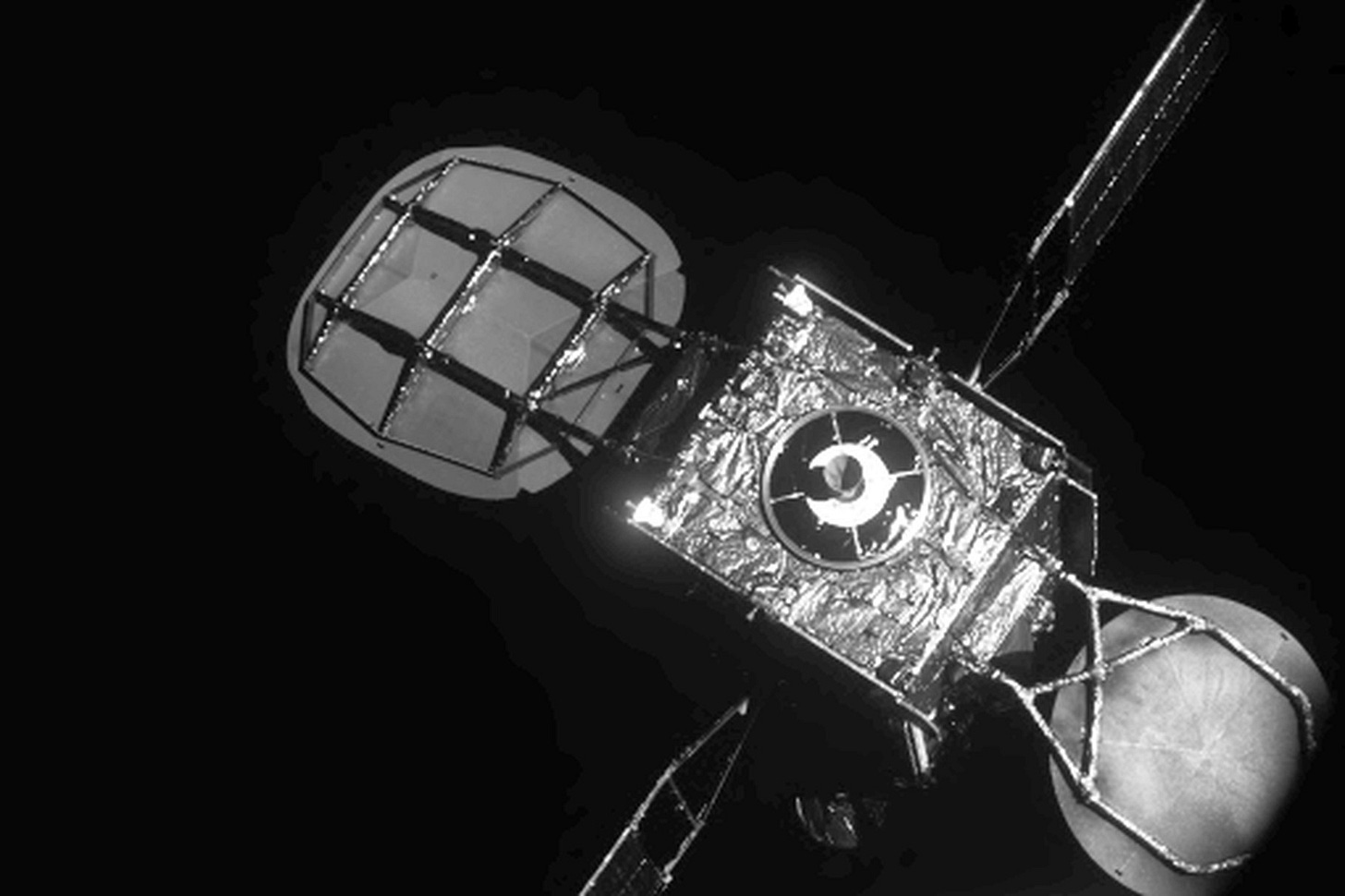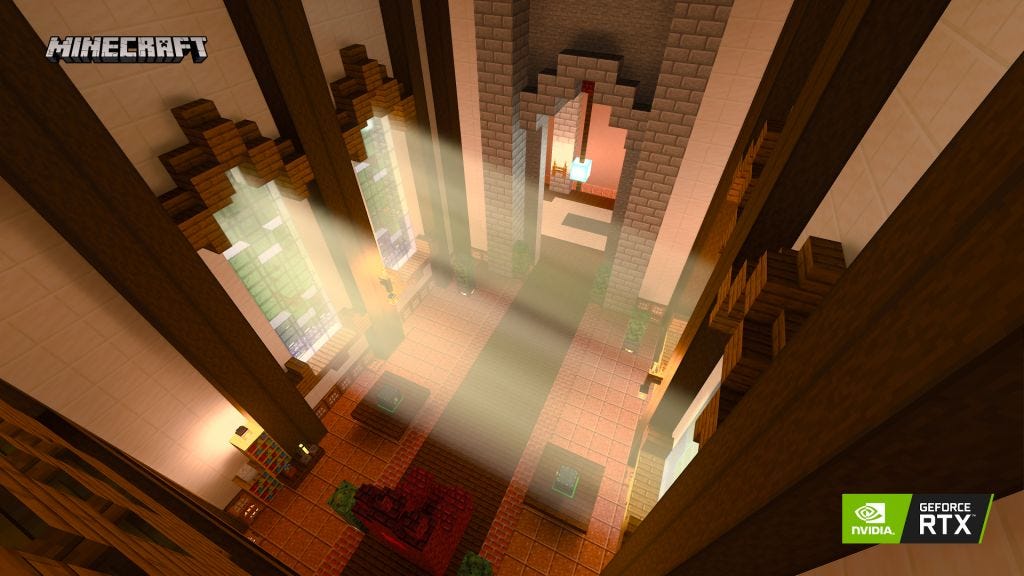Hello, and welcome to The Edge, the newsletter that brings you groundbreaking stories from the frontiers of technology and science.
We’ve got some great stories for you today, including Minecraft’s ray tracing test, how to save satellites in distress and Facebook’s approach to halting COVID-19 misinformation. As always, we’ve added extra stories under each article should you find yourself in a curious state of mind.
Facebook laying down the law

Facebook is stepping up its efforts to debunk coronavirus falsehoods
Facebook is doing its part to prevent the spread of misinformation about COVID-19. The giant social media platform will now start directing people who have interacted with misinformation to a page on WHO’s website which debunks myths and falsehoods. People who have interacted with harmful, since-removed misinformed content about COVID-19 will start seeing messages from Facebook in their News Feed.
This does not mean that Facebook will alert you if you’ve seen or shared a lie. The message Facebook will put in your News Feed is easy to scroll past and miss altogether. However, it is a step in the right direction, which comes as other social media platforms make efforts to halt the spread of misinformation.
Coronavirus misinformation is VERY dangerous
MEV-1 saves a satellite

Image credit: Northrop Grumman
An old satellite gets a new lease on life, thanks to the help of a servicing satellite
Intelsat 901, a communications satellite orbiting Earth 22,000km away, is now back in action thanks to MEV-1. Intelsat 901, in orbit since 2001, was running low on propellant and had been placed in a “graveyard orbit” which prevented it from interfering with operational satellites.
Enter MEV-1.
MEV-1 is Northrop Grumman’s satellite-servicing spacecraft, which launched in October and travelled for three months to reach Intelsat 901. Using an onboard grappling device, MEV-1 attached itself to Intelset 901 in February and used its own engines to push the stranded satellite into an orbit that enabled it to continue operating. This is the first mission of its kind, which sees Intelsat 901 provide coverage over the Atlantic once more. MEV-1 will stay attached to Intelsat 901 for up to five years, after which it’s free to help other satellites in distress.
Most distant man-made object
Space debris - a genuine problem
Google to rival Apple Pay

Image credit: TechCrunch
Leaked pics reveal Google smart debit card to rival Apple’s
Images of Google’s purported payment card have leaked. The card and associated bank account will let users pay for things with their phones, online or with card. All of this connects with a Google app that lets users monitor and track useful things, like purchases or balance. The card will be co-branded with various bank partners.
Additional sources have also revealed that Google has been working on a payment card which may become the foundation of the Google Pay app. All of this would enable Google to rival the Apple Card and Apple Pay.
Some of the best fintech payment companies
Minecraft catches some rays

Image credit: Microsoft/Mojang/Nvidia
Minecraft RTX vs Minecraft: come see how much ray tracing really matters
Ray tracing - which makes light look pretty amazing in video games - has shown Minecraft in a new light. If you’re already familiar with ray tracing, your first thought might be ‘how on Earth is Minecraft the right game to demonstrate ray tracing’. Great game though it may be, it doesn’t exactly have the most demanding operating requirements. However, it’s in cases like this where ray tracing really make graphics, however simple, pop. The beta has been released so if you do try it out for yourself, let us know what you think. If you don’t feel like giving it a shot, here’s what ray tracing looks like in action.



